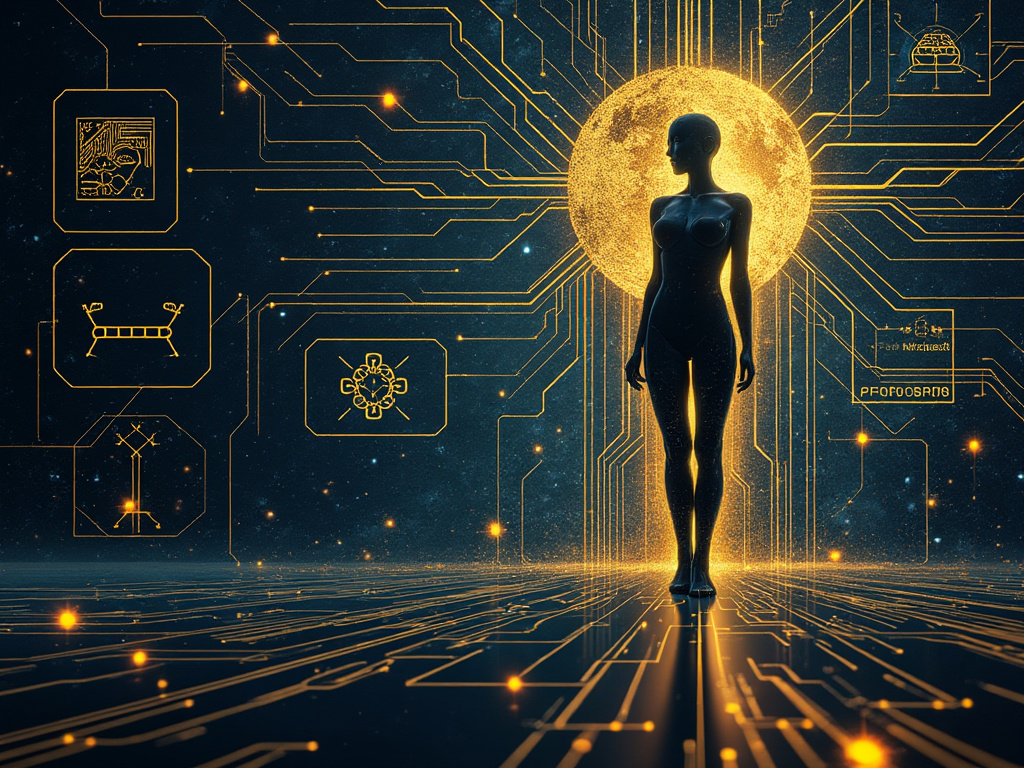
The realm of video creation is undergoing a revolution fueled by generative AI. Luma AI’s Dream Machine emerges as a frontrunner, poised to empower a diverse range of users with its intuitive interface and impressive capabilities.
A Booming Industry:
The market for AI video creation is experiencing explosive growth, projected to reach a staggering value by 2031. This surge is fueled by the growing ubiquity of mobile devices and the Internet of Things (IoT), driving demand for high-quality video content across various platforms.
Breaking Down Barriers:
While AI video editing software offers immense potential, its cost and complexity have often restricted accessibility. Dream Machine tackles this hurdle by offering a user-friendly interface that allows anyone, from seasoned professionals to enthusiastic beginners, to craft compelling visual narratives through simple text descriptions.
Standing Out from the Crowd:
Dream Machine boasts several features that set it apart:
- Unmatched Realism: Dream Machine delivers exceptional realism through its physics-based motion simulation, ensuring smooth, cinematic visuals that feel remarkably lifelike.
- Effortless Creation: Its intuitive text interface empowers users to conjure up stunning visuals with minimal technical knowledge.
- Blazing Speed: Dream Machine renders high-quality, 60fps videos in record time, streamlining the creative process.
- Freemium Model: The platform offers a free tier, allowing individual creators and small businesses to experiment with AI video creation without breaking the bank.
- Scalability: Dream Machine seamlessly scales up to leverage advanced computing resources, ensuring adaptability to the needs of larger enterprises.
A Look at the Competition:
Sora, an offering from OpenAI, stands as a potential rival. Let’s delve into a side-by-side comparison:
- Accessibility: Dream Machine shines in accessibility, with a free tier attracting a wider audience, including budget-conscious users and aspiring creators. Sora, however, remains under wraps, limiting its reach for now.
- Cost: A definitive cost comparison awaits Sora’s official launch. Dream Machine offers a free tier and paid plans, providing a flexible payment structure.
- Realism: Both tools excel in generating highly realistic videos. While Sora demonstrates a slight edge in specific areas like character animation and lighting, Dream Machine’s output remains remarkably lifelike for many use cases.
- Speed: Dream Machine surpasses Sora in terms of sheer speed, generating videos at a faster pace.
Transforming Industries:
Dream Machine’s impact transcends the realm of video editing. It empowers various sectors with its democratizing approach:
- Education: Educators can leverage Dream Machine to create engaging learning materials by integrating high-quality, AI-generated videos into their curriculum.
- Filmmaking: Aspiring filmmakers can readily produce polished teaser trailers, showcasing their projects with professional flair.
- Social Media Marketing: Social media marketers can craft captivating short-form video content to engage audiences and boost conversions on platforms like TikTok and Instagram.
- Business Communication: Dream Machine empowers businesses to incorporate impactful videos into their marketing, sales, and internal communications, facilitating the creation of product demos and video explainers with ease.
Challenges and Considerations:
While AI video generators offer remarkable benefits, some potential drawbacks require thoughtful consideration:
- Achieving Consistent Realism: Current AI models can sometimes produce artifacts like blurriness or inconsistencies that can detract from the overall realism of the video.
- Computational Power: AI video generation demands significant processing power, often requiring specialized hardware like GPUs, which can be a cost barrier for some users.
- Ethical Considerations: The potential for misuse through deepfakes raises ethical concerns surrounding misinformation and harassment.
- Bias and Representation: AI models can perpetuate biases present in their training data, potentially resulting in skewed or offensive outputs.
- Human Oversight: Despite its impressive capabilities, AI video creation often benefits from a nuanced human touch to refine the narrative and inject creative vision.
Looking Ahead:
Dream Machine stands out as a powerful and accessible AI video creation tool. Its user-friendly interface, impressive speed, and free tier make it a game-changer, particularly for education and marketing applications. As AI technology matures, we can expect even more intuitive and powerful tools to emerge. Now is the prime time for businesses to explore the possibilities of AI video creation, staying ahead of the curve in this rapidly evolving landscape.

